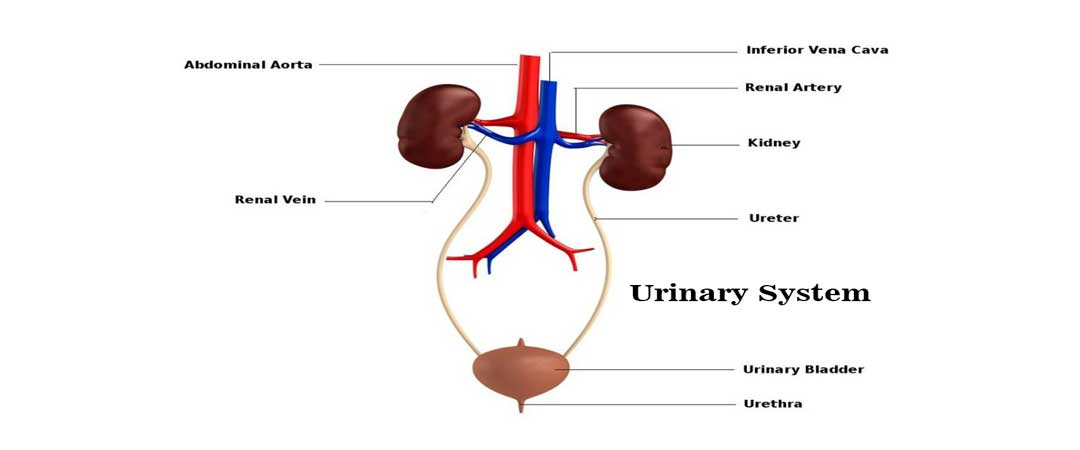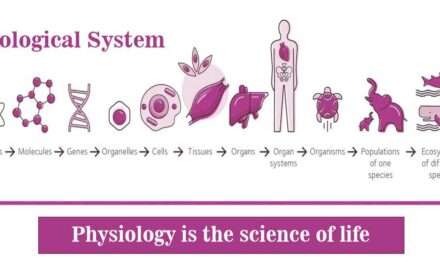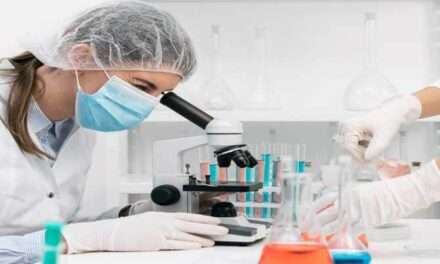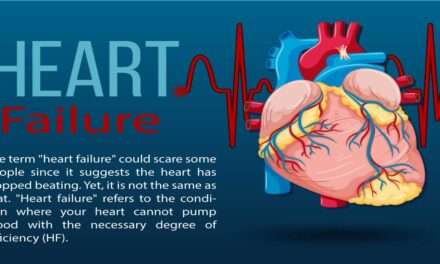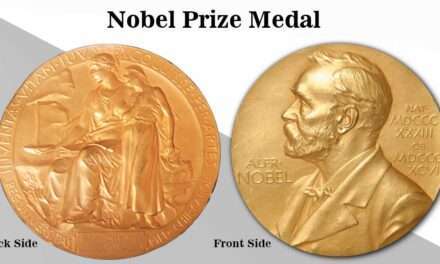Do you want to learn about the Urinary System? How urinary system or renal system works? Then you are at the right place. We will guide you about the urinary system its Anatomy, and Physiology. The Urinary System/ kidneys perform an important role in the process of maintaining homeostasis. They keep the body’s fluid balance in check and eliminate waste by producing urine, which is then expelled from the body. The kidneys are in charge of filtering essential substances from the blood, such as sodium and potassium, and selectively reabsorbing substances required to maintain body homeostasis.
Urine is the organ’s waste that eliminates substances that are not necessary for survival. The body produces urine through a process that includes filtration, selective reabsorption, and excretion. Furthermore, the kidneys play an endocrinological role in that they secrete hormones such as erythropoietin and renin. This chapter will go over the renal system’s components and functions. Furthermore, it will discuss a few of the more common diseases and the nursing care required to manage and treat them.
Urinary System (Excretory System) or Renal System
The urinary system (excretory system), also known as the renal system, is comprised of the following components:
The Kidneys; Urine is created by the kidneys, which filter blood to create it.
The ureters; transport urine to the bladder;
The urinary bladder; which serves as a reservoir for urine before it is eliminated; and
The urethra; which transports urine outside the body.
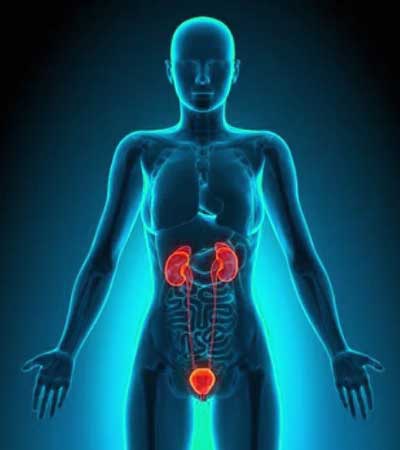
External structure of kidneys
A kidney can be found on either side of the spinal column. Kidneys measure approximately 11 centimeters in length, 6 centimeters in width, and 4 to 6 centimeters in thickness. The kidneys are bean-shaped organs with a convex outer border and an interior hilum (also known as hilus). The hilum is the area of the kidneys where the ureters, nerves, renal arteries, and veins enter and exit. After the kidneys have finished filtering the blood, it is drained from the renal arteries into the renal veins.
The right kidney is approximately 2 centimeters lower than the left kidney due to its proximity to the expansive right lobe of the liver. Three layers protect and support the kidneys, including the kidney fascia. The kidney capsule is made of adipose tissue. The renal fascia is a thin layer of connective tissue that serves as the kidneys’ outer layer and is responsible for their attachment to the abdominal wall and the tissues surrounding them.
This term refers to adipose tissue, the middle layer of tissue surrounding the capsule. It keeps the kidneys from becoming damaged. The renal capsule is the name given to the innermost layer. It is made up of a layer of soft connective tissue that is arranged parallel to the ureter’s outer layer. The renal capsule is in charge of keeping the kidneys healthy and protecting them from injury. Figure 10.2 depicts the visible layers from the outside.
Internal Structure
The kidney is divided into three sections, which are as follows:
Renal cortex, renal medulla, and renal pelvis. The renal cortex is the most superficial portion of the kidney. In adults, it matures into the kidney’s continuous, smooth outer portion, with several projections (the renal column) extending downward in between the kidney cortex’s pyramids. The renal column contains the medullary extension of the renal cortex.
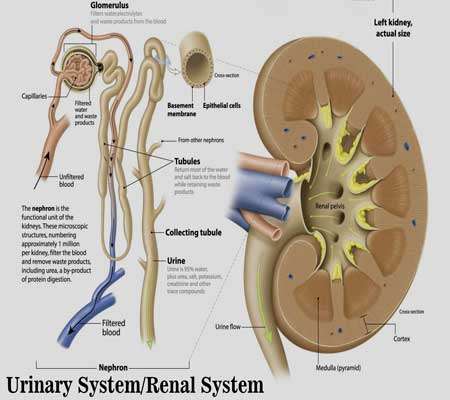
The presence of capillaries and other structures related to nephrons causes the renal cortex’s reddish color and granular appearance. The medulla is lighter in color than the rest of the kidney and contains many blood vessels and nephron tubules. There are between 8 and 12 renal pyramids in the medulla. Renal pyramids, also known as Malpighian pyramids, are kidney sections shaped like cones and divided into sections.
The wider portion of the cone points outward towards the renal cortex, while the narrower portion points inward and is known as the renal papilla. Papillary ducts allow urine from the nephrons to enter the cup-shaped organs known as the calyces. Each kidney contains eight to eighteen minor calyces and two or three major calyces. Urine is transported to the major calyces by the renal papilla.
This structure is also in charge of delivering urine to the minor calyces. The renal pelvis, made up of the major calyces, transports urine from the kidneys to the bladder. The renal pelvis is responsible for forming the ureter’s funnel-shaped upper end. It is also the point at which two or three calyces meet.
Functions of the kidney
The kidneys regulate various aspects of the blood’s acid-base balance, electrolyte balance, and fluid balance. The kidneys filter out waste and excess fluid that the blood picks up and transports as it travels through the body. The renal arteries allow 190 liters of blood to enter the kidneys daily. The kidneys contain glomeruli, which are made up of a very large number of very small filters and are in charge of removing waste and water from the blood.
Most harmful substances are derived from the foods and beverages we consume. The kidneys are in charge of removing the proper amount of salt and other minerals from the blood. It ensures that only the quantities required by the body are left behind.
Kidneys in good health maintain the body’s fluid balance by excreting an appropriate amount of excess water. Fluid content remains constant at around 55% of a female’s total weight. It still accounts for roughly sixty percent of a man’s total weight. The kidneys keep the body’s fluid balance in check by regulating the amount of water that enters and exits the body.
A high fluid intake causes healthy kidneys to filter out the extra fluid and produce a large urine volume. When fluid intake is low, the kidneys retain fluid, and the patient does not pass as much urine. It is due to the kidneys’ attempt to conserve fluid. The body’s fluid is also expelled through the lungs, skin, and intestines. When it is hot outside, and we sweat a lot, losing much fluid, our kidneys do not produce as much urine as they normally would.
The kidneys are in charge of producing two hormones called renin and angiotensin. These hormones control how easily blood vessels expand and contract and how much fluid and sodium (salt) the body stores in its tissues. It, in turn, helps with blood pressure management.
Erythropoietin is a hormone that stimulates the production of red blood cells. Erythropoietin is produced by the kidneys and transported by the blood to the bone marrow, where it performs its function. These cells are in charge of transporting oxygen throughout the body’s cells. Anaemia is a condition that occurs when the human body does not have enough healthy red blood cells. This condition can cause symptoms such as weakness, coldness, exhaustion, and difficulty breathing.
Healthy kidneys, which produce the hormone calcitriol, are essential for maintaining strong bones. Calcitriol is in charge of maintaining the proper calcium-to-phosphate ratio in both the blood and the bones. A healthy balance of calcium and phosphate is essential for healthy bones. When the kidneys are not working properly, not enough calcitriol is produced. As a result, abnormal calcium, phosphate, and vitamin D levels are present, leading to renal bone disease.
Summary of Urinary System
- Electrolytes, which play a role in regulating ions, regulate a number of different ions, including sodium, potassium, calcium, chloride, and phosphate ions.
- The retention or elimination of water through one’s urine can affect how much blood is in the body. The pH of the blood is regulated at a healthy level, and hydrogen ions are eliminated through the urine while bicarbonate ions are retained.
- Erythropoietin and renin, two hormones that regulate blood pressure, are secreted by this gland (production of red blood cells)
- Production of calcitriol to regulate calcium levels
- Controls blood glucose levels by assisting in gluconeogenesis.
- Cleansing the body of toxins and harmful free radicals
- Removing waste products such as urea, uric acid, and creatinine from the body

